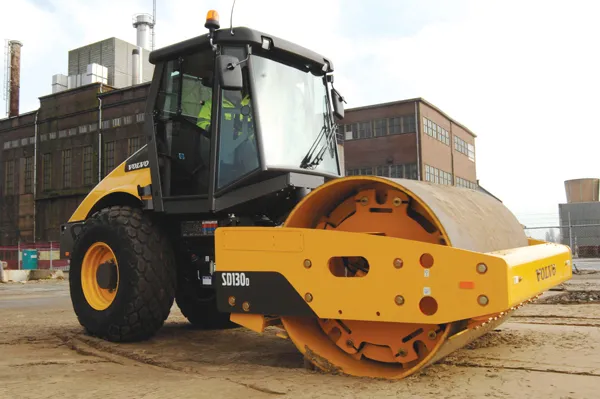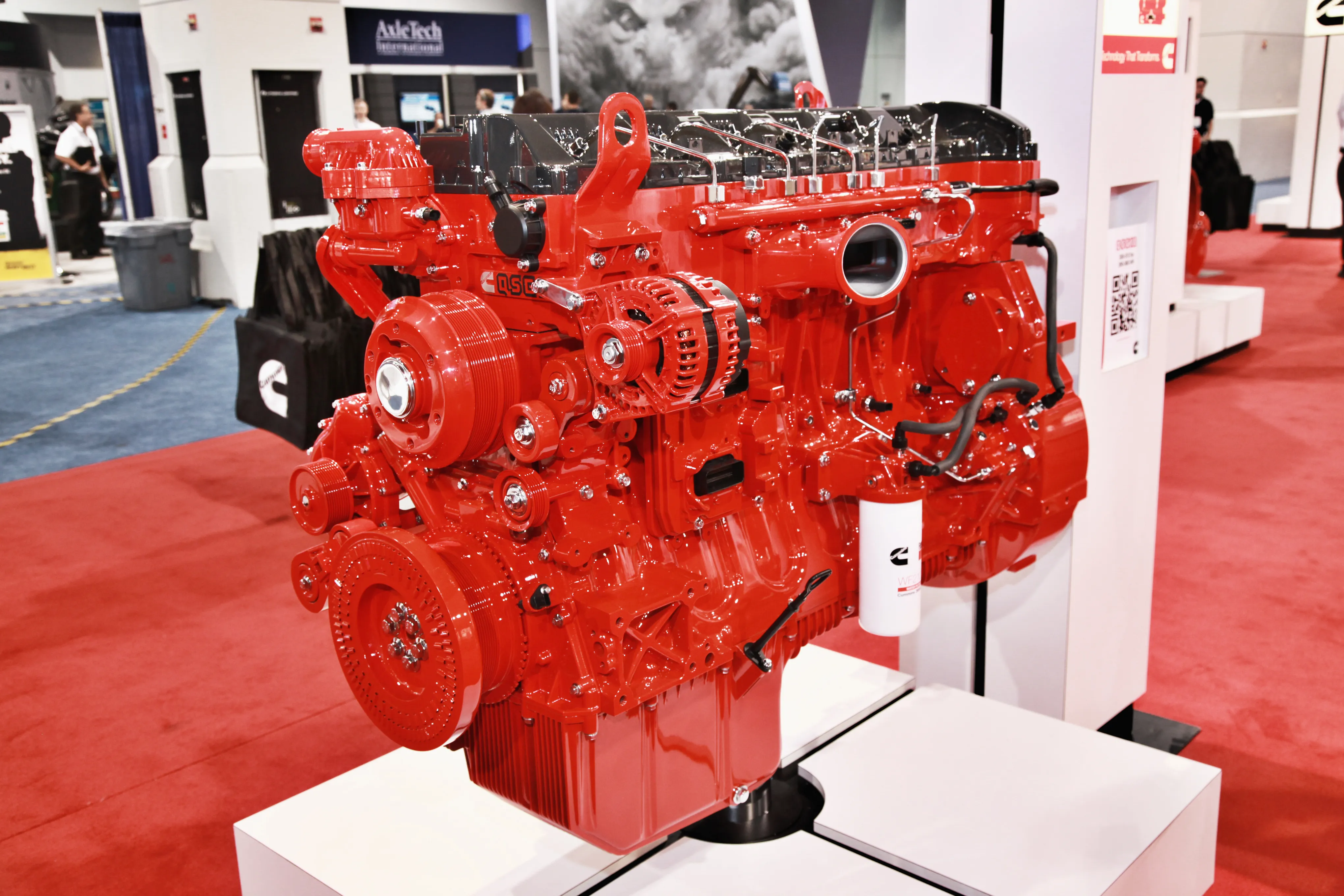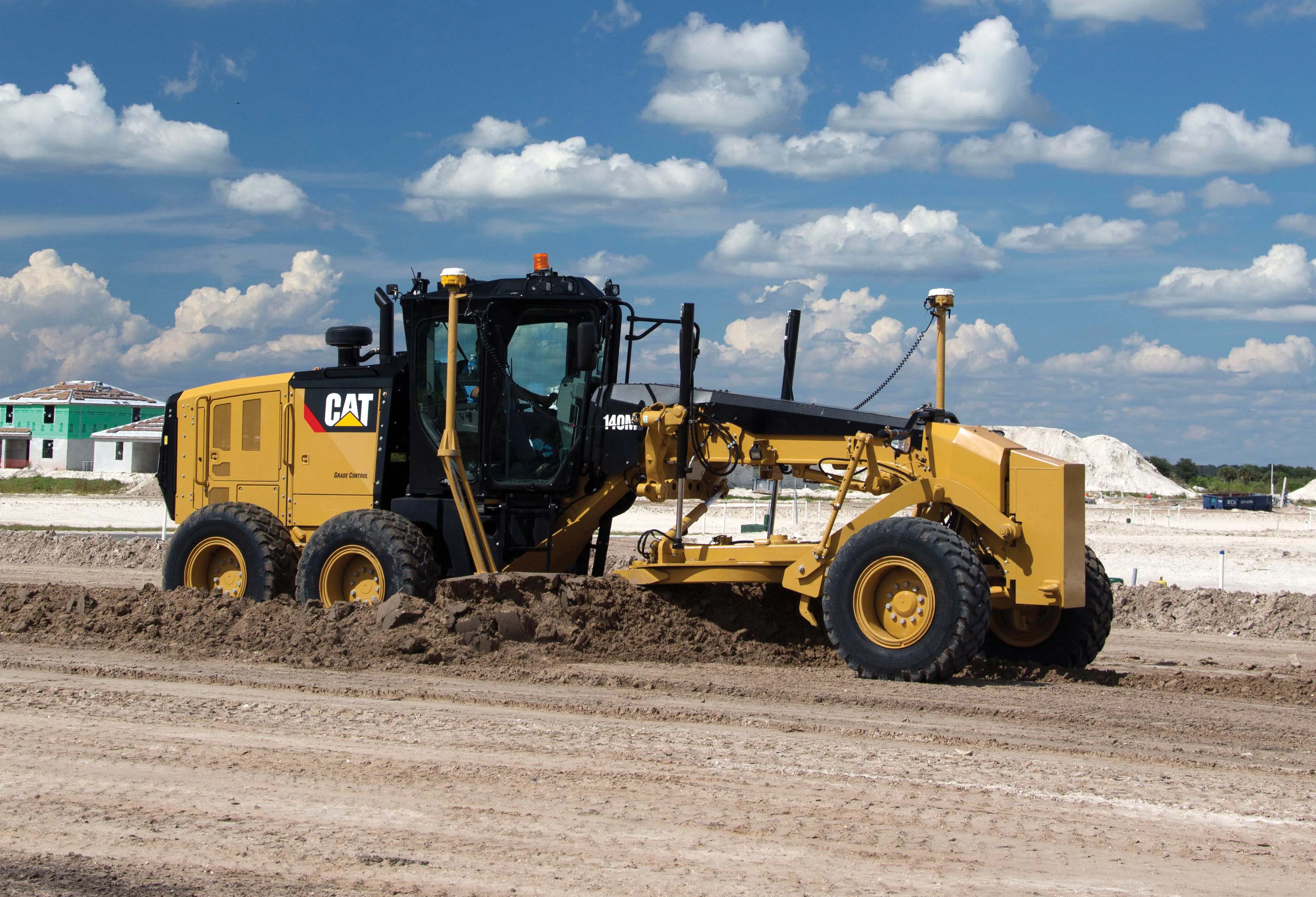New regulations and technology are driving change in the soil compaction sector - Mike Woof reports. The impact of the Tier 4 Interim/Stage IIIB emissions regulations has been hard on some machine sectors in particular. Sloping engine covers have been introduced in several equipment categories as a way of improving visibility for operators, including soil compaction machines. At the same time, new machine guidance technologies have been developed and introduced to the soil compaction market, boosting produc
April 4, 2012
Read time: 4 mins

New regulations and technology are driving change in the soil compaction sector - Mike Woof reports
The impact of the Tier 4 Interim/Stage IIIB emissions regulations has been hard on some machine sectors in particular. Sloping engine covers have been introduced in several equipment categories as a way of improving visibility for operators, including soil compaction machines. At the same time, new machine guidance technologies have been developed and introduced to the soil compaction market, boosting productivity.The emissions regulations have required significant expenditure on research and development. All the leading manufacturers including
At the same time, the latest GPS/total station guidance tools for soil compactors have introduced a revolution in performance. Using these systems, from suppliers including
Manufacturers have updated their machines accordingly. Amman recently added three new models to its ASC range. The firm introduced its ASC170 model and has now launched the smaller ASC110, ASC130 and ASC150 to cover the 11-16tonne weight categories. The new ASC models feature performance upgrades over the firm's previous machines in this range, providing a static line load increase of more than 10% for the same overall weight. According to Ammann the improved performance of the new models means they now deliver similar compaction output to the next size up in weight from the firm's earlier generation machines. The benefits to the customer are said to be lower running and transport costs, as the new machines are easier to transport, more compact and more maneuverable than the units they replace.
A development of note from BOMAG has been the introduction of its massive BW332, the largest and most powerful soil compactor currently on the market. This features an innovative polygonal drum designed to maximise working efficiency and can compact materials to a depth of some 4m.
From Hamm comes the innovative H20i soil compactor, the first of a new range of high-performance machines developed by the firm to meet the Tier 4 Interim/Stage IIIB regulations. The 20tonne H20i is powered by a
Chinese firm LiuGong has entered the world market for soil compaction machines and plans to capture a significant share. The first machine available is its CLG612HIII single-drum roller, which is powered by a
Volvo Construction Equipment's latest soil compactor designs are the SD25D, SD115D and SD190X. The compact SD25D single-drum soil compactor has an operating weight of 2.56tonnes and can operate in trenches, making it suited to commercial and residential site development, utility installations, roads, driveways and landscaping jobs. It is also available with a clamp-on padfoot shell and strike-off blade. The SD115D has an operating weight of 10.75tonnes and has 2.134mm vibratory drums. At 19.4tonnes the heavyweight SD190X can handle thicker lifts with fewer passes and is equipped with the Ultra-Grade full-time traction control system for superior tractive effort. The SD190X is powered by a 151kW six-cylinder diesel engine and has a drum width of just over 2m. The machines come with a smart power mode that optimises engine and hydraulic output as well as the cooling fan speed to match the application requirements. This results in more accurate compaction and means the engine runs at a lower speed, reducing noise, wear, emissions and fuel consumption









